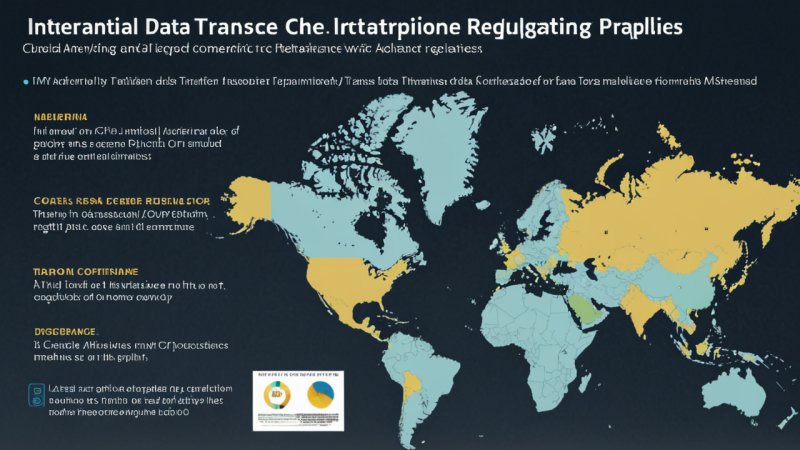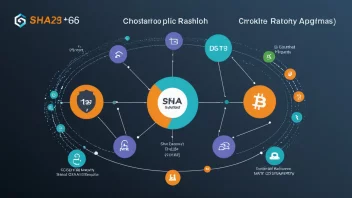In an increasingly interconnected world, businesses are more reliant than ever on the seamless transfer of data across international borders. However, navigating the complex landscape of international regulations can be a daunting challenge. Various countries implement their own data protection laws, which can significantly impact how organizations manage and transfer personal data. Understanding these regulations is essential for ensuring compliance and protecting sensitive information. In this article, we will explore the key aspects of international data transfer regulations, their implications for organizations, and best practices for compliance.
Understanding Data Protection Laws
Data protection laws vary widely across different jurisdictions, reflecting each country's values and priorities regarding privacy. The European Union's General Data Protection Regulation (GDPR) is perhaps the most well-known regulation, imposing strict requirements on how personal data is processed and transferred. In contrast, the United States has a more fragmented approach, with sector-specific laws like the Health Insurance Portability and Accountability Act (HIPAA) for healthcare data and the California Consumer Privacy Act (CCPA) for consumer data. Organizations must familiarize themselves with the relevant laws in the jurisdictions they operate in and ensure compliance with each.
Cross-Border Data Transfer Mechanisms
When transferring data internationally, organizations must utilize approved mechanisms to ensure compliance with data protection laws. The GDPR allows for transfers outside the EU only if the receiving country provides adequate data protection or through specific legal instruments. Common mechanisms include:
- Standard Contractual Clauses (SCCs): These are pre-approved contractual terms that ensure data protection when transferring data to countries without an adequacy decision.
- Binding Corporate Rules (BCRs): Internal policies adopted by multinational companies to allow data transfers within the organization while ensuring compliance with data protection standards.
- Adequacy Decisions: Decisions made by the European Commission that recognize a non-EU country’s data protection framework as adequate.
Challenges in Compliance
Organizations face numerous challenges when trying to comply with international data transfer regulations. These include:
- Varying Compliance Standards: Different countries may have different requirements for consent, data minimization, and data subject rights.
- Enforcement Risks: Non-compliance can result in hefty fines, legal action, and reputational damage.
- Technological Barriers: Implementing secure data transfer solutions can be costly and complex, particularly for small to mid-sized enterprises.
Best Practices for Compliance
To navigate the complexities of international data transfers successfully, organizations should adopt a proactive approach to compliance. Here are some best practices:
- Conduct Regular Audits: Regularly review data processing activities and cross-border transfers to ensure compliance with applicable laws.
- Implement Data Protection Policies: Develop and enforce comprehensive data protection policies that outline data handling procedures and responsibilities.
- Train Employees: Provide training for employees on data protection regulations and the importance of compliance.
Future Trends in Data Transfer Regulations
The landscape of international data transfer regulations is continually evolving. Emerging trends include:
- Increased Government Scrutiny: Governments are likely to impose stricter regulations and oversight on data transfers, particularly concerning national security and privacy.
- Global Data Protection Standards: There may be a push towards creating more harmonized global standards for data protection to simplify compliance for multinational organizations.
- Technological Innovations: Advances in technology, such as blockchain and AI, may offer new solutions for secure data transfers and compliance monitoring.
In conclusion, navigating the challenges of international data transfer regulations is crucial for organizations in today’s global economy. By understanding the varying data protection laws, utilizing approved transfer mechanisms, addressing compliance challenges, and adopting best practices, businesses can effectively manage their data transfers while ensuring compliance. Staying informed about future trends will also help organizations adapt to the changing regulatory landscape, ultimately leading to more secure and efficient data management.






